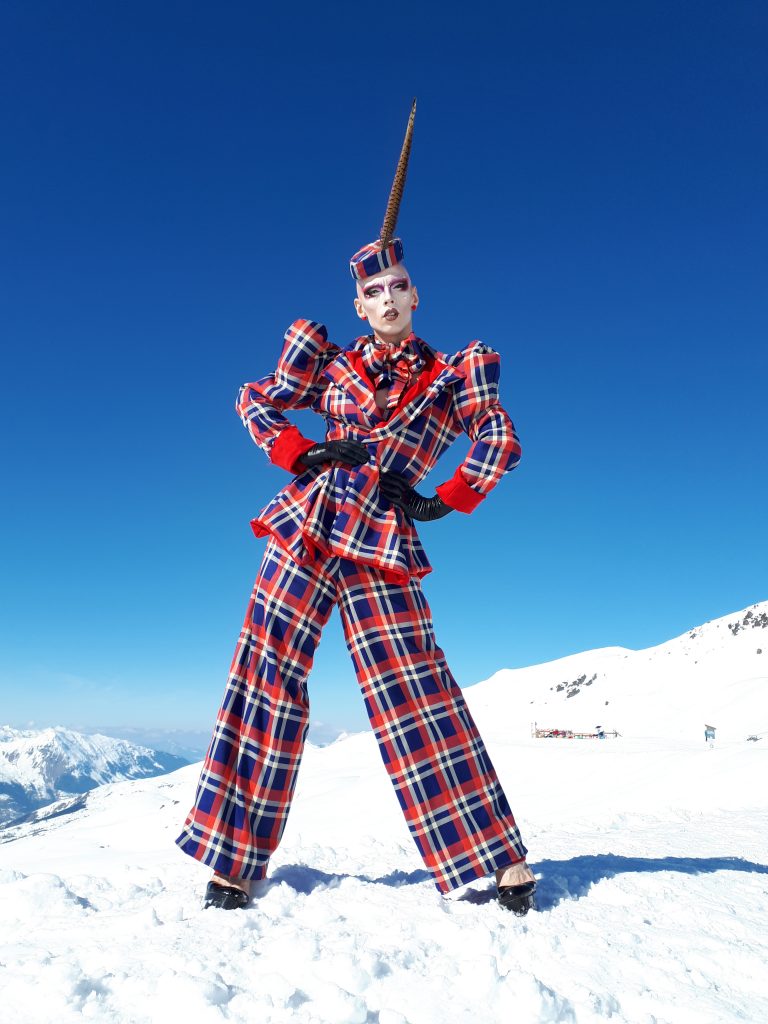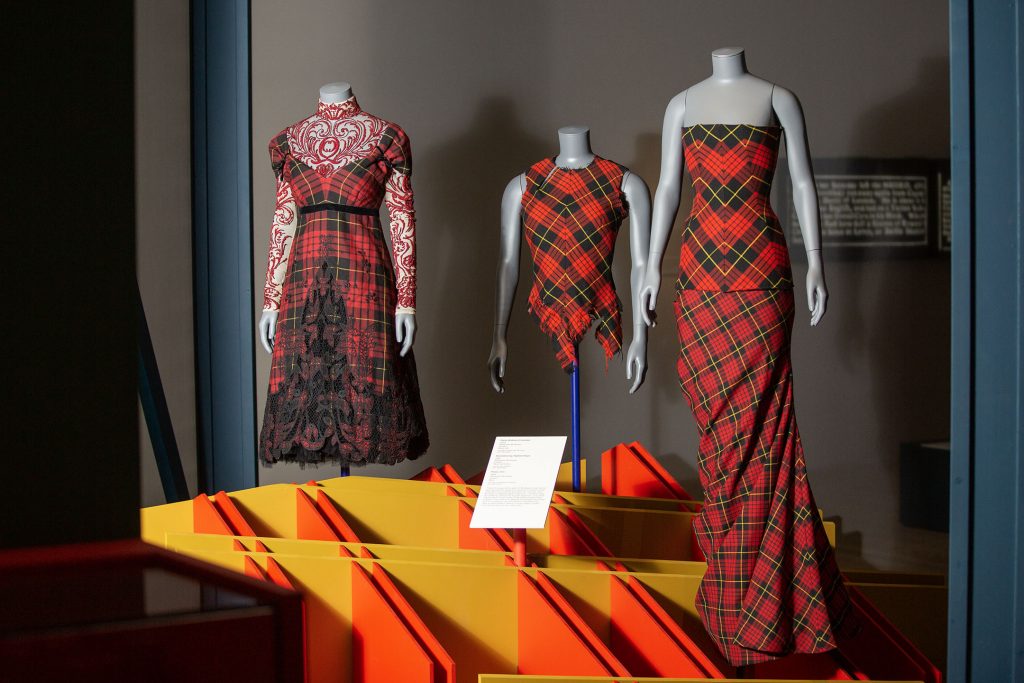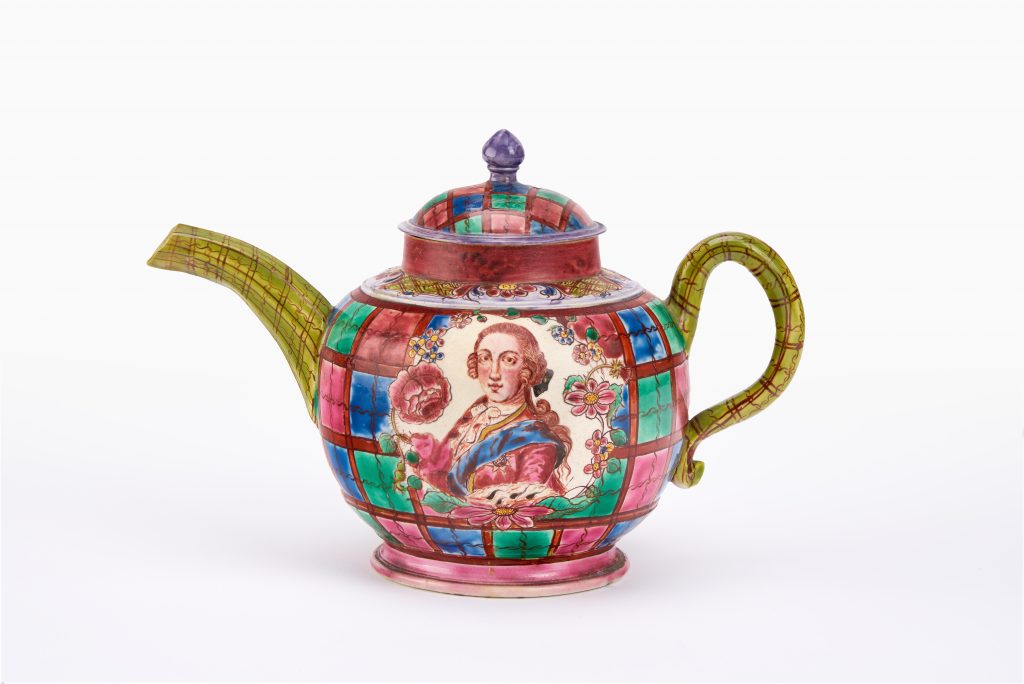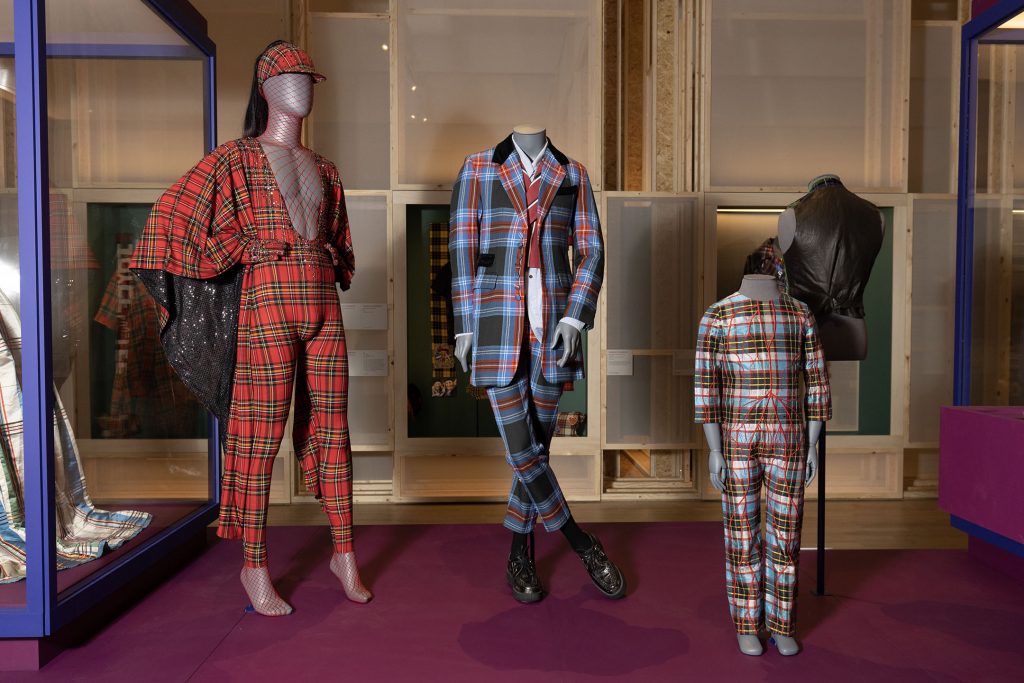Enjoy this article?
Most Museums Journal content is only available to members. Join the MA to get full access to the latest thinking and trends from across the sector, case studies and best practice advice.

Now in its fifth year since opening, V&A Dundee has quickly become one of the most recognisable elements of Dundee’s cityscape.
In this short time, the museum has built an impressive catalogue of temporary exhibitions exploring disparate subjects, from ocean liners (2018-2019), to the fashion designer Mary Quant (2020-2021) and plastic (2022-2023).
However, as the organisation moves through its quinquennial, it has revised its exhibition strategy in response to criticism over a perceived lack of changing content, moving to one larger paid exhibition per year with broad appeal, supported by more frequent free-to-enter exhibitions.
In terms of wide appeal, tartan, the traditional Scottish patterned cloth, is an inspired choice.
Whether the material is loved or loathed, most people’s assessment of its cultural importance is usually relatively sweeping or simplistic based on the individual’s experience.
Tartan itself is ubiquitous, recognisable, and most people assume, utterly and supremely Scottish.
The exhibition cleverly plays up to and subverts this assumption, as well as visitors’ expectations of what at first seems a simple subject but is actually fraught with contradiction and hidden meaning.

Tartan lays out its stall with the exhibition banner dominating the museum’s atrium, featuring a larger-than-life-size photo of drag performer Cheddar Gorgeous (see box), striking a pose on a snowy mountainside in a full tartan suit designed by fellow drag act Liquorice Black. There’s more to tartan than you might think.
Focus: The significance of tartan
What we wear always tells a story. Intentional or incidental, our clothing communicates a rich layered narrative field to the world around us.
From the cut of our garment to the choice of fabric, each element we deploy in the way we dress is a narrative nodal point,
the combination of which encircles us as we press through life.Our presentation to each other can convey our interests, personality, social status, wealth or lack thereof and even our wellbeing. The way we style ourselves is like open ended text to be read, reinterpreted and replicated.
It is a critical facet of my work as a drag artist and in all of our everyday lives. Beyond all else, for me this is the primary purpose of fashion – to help us tell our story to the world.
When it comes to narrative gravitas there is nothing quite like tartan. You can’t help but feel its weight. From the choice of thread to the spacing of the weave, tartan has a syntactic quality that I have always adored. Knowingly or unknowingly you are tethered to the weaver, a time and place, a clan, locality or tradition. But these ties never feel constricting.
I have deployed tartan for formal function, recreational relaxation and as disruptive provocation. Far from holding you down, the weight of tartan presses forward.
From pomp to punk, tartan offers versatility and momentum. Its lines are those of an epic folk tale, histories made malleable, to be cut, patterned, and reshaped, to fit a future yet to be discerned in its wearing.
Cheddar Gorgeous is a drag artist and academic who appeared on RuPaul’s Drag Race UK Series 4
Physical accessibility to the first-floor exhibition space is excellent, as it should be in a modern purpose-built museum. Once inside the space we’re introduced to the themes: Tartan and the Grid, Innovating Tartan, Tartan and Identity, Tartan and Power, and Transcendental Tartan – each space having a different design and feel as the exhibition progresses.
Displays concede to chronology only in the lightest sense required to develop each theme in turn. The themes themselves are at the forefront.
The text interpretation – short sections in simple black serif on a white background – is at a good eye level for all visitors, and does not overwhelm or distract the viewer when presented alongside the sheer number of objects (more than 300) on display.
Movement throughout has been well planned, allowing plenty of space in most areas even on busy days.
Accessibility seems to have been well considered, although the nature of the textiles on display means that light levels are fairly low throughout. This is effectively lifted, however, with spotlighting and projections preventing the space from feeling gloomy.

There is a mixture of sound, moving image, lighting and objects. The interactives, where provided, are engaging for adults and children,
with a simple lightbox of acrylic sheets to “make your own tartan” being a particularly elegant and hands-on example.
The thematic approach allows for a detailed in-depth exploration of what tartan means rather than what tartan was and is.
This provides a much more interesting proposition than the typical potted history glossing through highlanders, Bonnie Prince Charlie and Queen Victoria’s tartan fever. These areas are given space only insofar as they illustrate some of the broader themes, so visitors expecting a simplistic narrative will be disappointed.
To the fore is the idea that tartan is a rich enough area of human activity to be a lens through which to interpret vast swathes of history, in the same manner as more usual lenses – military or maritime, for example.
Yes, there are oil portraits of tartaned Jacobites, but also a painting of actor Alan Cumming tartaned, tartan shopping bags, punk and teddy-boy outfits, Dior and Chanel designs, biscuit tins, bibles, high art and kitsch, spanning from the 16th century to the present day.
You can see that V&A Dundee has worked hard to integrate solid reflections on colonialism, racism, inclusivity and identity into interpretation throughout instead of hiving them off into separate afterthought panels.

The reflections are sincere and carefully thought out, giving new perspectives to the uninitiated on what tartan means to different groups and how it has been leveraged by both oppressors and the oppressed, establishments and outsiders, colonisers and the colonised to express authority, subversion and identity.
There are also evident efforts to democratise collections, with a significant proportion of objects having “People’s Tartan” labels.
These are personal items borrowed from individuals in Scotland and beyond showcasing the uncountable personal associations with tartan, from a Hillman Imp car with a tartan interior to homemade tartan flared trousers, each with an individual’s story of what this object means to them, giving a myriad of nuanced and complex receptions of tartan to people today.
There are some minor issues with interpretation – it is often unclear which labels refer to which objects. For example, some labels run left to right while the objects referred to in a case run right to left, or a wall might have three labels but only two objects, the third being round a corner.
Often it is a process of elimination to work out what label refers to which object, which with 300 objects on display could be fatiguing for some visitors.

But overall, the design of the exhibition has been done with great care, with each area having a distinct look and feel relating to the theme, from light and airy galleries with timber and organza partitions referencing the “sett” or weave of the tartan, to the clever use of cut-outs and mirrored surfaces to generate interest and dialogue between objects in the later sections.
Plinths and cases in carefully chosen colours and lighting avoid blandness and enhance the objects inside.
Focus: Exhibition design
Our design for the Tartan exhibition uses grids and tartan patterns extensively to form the exhibition architecture.
Initially, we applied a grid onto the existing gallery plan to organise the exhibition content and to create a cohesive visitor journey within the space.
We also used tartan patterns to create a large central structure composed of display surfaces alternating with voids, showcases and translucent fabric panels. This structure forms a central spatial moment at the beginning of the exhibition, with each subsequent section sharing a side of it.
The permeability of this structure supports connections between the sections to highlight how shifting context affects how we read particular objects.
We also decided on “pivot” objects that are placed at the thresholds between sections, working to support the idea of how Tartan can mean, represent or symbolise a diverse and often opposing set of ideas – from formal to informal, disruptive to conformist, from oppressor to oppressed, from playful to serious.
One of the things we found most inspiring about tartan was its deceptive simplicity – at its heart it is two colours overlapping to create a third.
The rigidity of the grid combined with the infinite colour possibilities produces endless variations. We used colour in the exhibition to create layers of immersion and atmosphere, the narrative arc being one of neutrality to full immersion.
From a budgetary and sustainability point of view we always aim to do more with less.
Each structure had to do more than one thing and we managed to create a varied exhibition experience without building a collection of rooms.
Lauren Scully is the director of Plaid Studio
One problem with the exhibition is the complexity of the subject matter and its main theme: inconsistency. Valuable or disposable, couture or kitsch, tartan represents both real and manufactured identities. It is hard to leave the exhibition with a clear message beyond that contradiction.
But this is a valid result of the nuanced appraisal of all that tartan is. Visitors can choose to spend a happy hour looking at the amazing objects on display, or commit to a longer visit exploring the themes offered by the interpretation, and come to their own conclusions.
I left the exhibition knowing that tartan is alive, thriving and here to stay, and has had a much greater impact on global culture over the last 400 years than could have been expected.
Matthew Bellhouse Moran is the museum director of HMS Unicorn in Dundee
Most Museums Journal content is only available to members. Join the MA to get full access to the latest thinking and trends from across the sector, case studies and best practice advice.